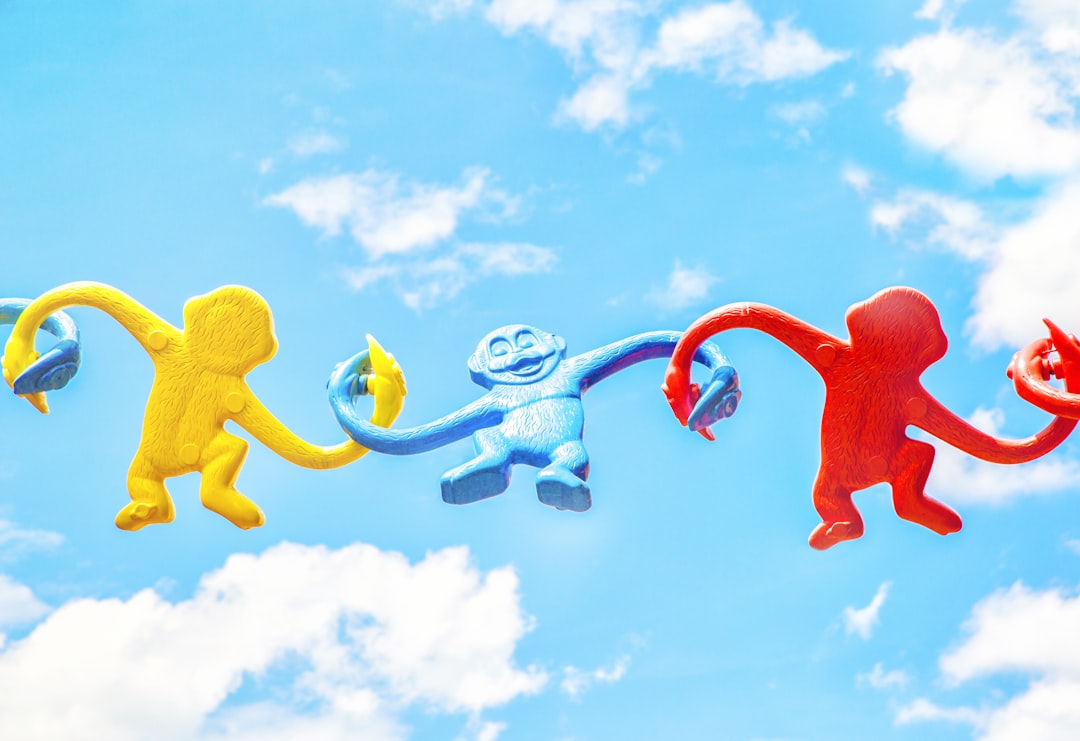How to reframe capitalism to make sales and marketing work (better) for you
Rejection sucks. Marketing is hard. Capitalism makes it worse. However, with a couple mindset shifts we can start enjoying the process more and get more out of it...without losing our souls.
Keep reading with a 7-day free trial
Subscribe to The Author Stack to keep reading this post and get 7 days of free access to the full post archives.




